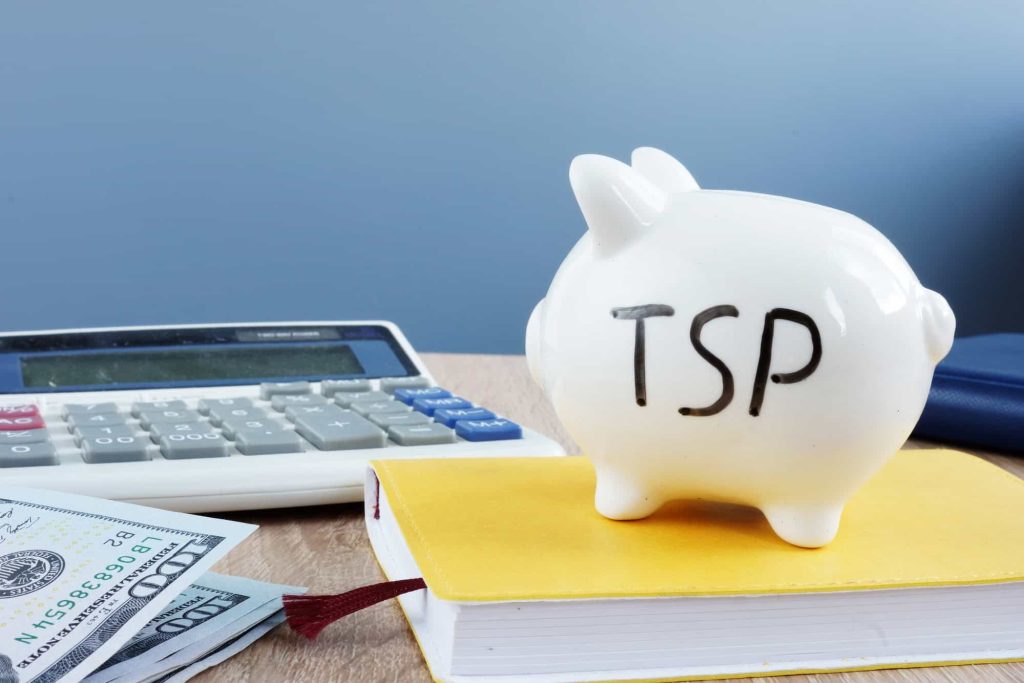The end of the year is a very popular time for federal employees to retire. However, many choose to retire in other months of the year for various reasons. Perhaps you reach full eligibility in March or simply decide to call it quits in September. Are you curious how your last year of work might affect your Thrift Savings Plan (TSP) balance?
Whatever the time (or reason) you retire, there are a slew of questions that come to mind regarding the TSP. These are questions that you must answer to potentially tip the odds in your favor! One important question would be: “If I don’t retire at the end of the year, am I still allowed to contribute the full amount to the Thrift Savings Plan (TSP)?”
To give some background, let’s start with the IRS’s rule on how much you can contribute each year. For 2025, the annual contribution limit is $23,500 for each employee. If you’ll turn at least age 50 by December 31, 2025, you’re also permitted to contribute an additional $7,500 in catch-up contributions this year. That brings the total contribution limit to $31,000 for 2025.
*New for 2025: Under a change made in the SECURE 2.0 Act of 2022, a higher catch-up contribution limit applies for employees aged 60, 61, 62 and 63 who participate in these plans. For 2025, this higher catch-up contribution limit is $11,250 instead of $7,500. That brings the total contribution limit to $34,750 for ages 60-63 for 2025.
If you retire at the end of December, you’ll have all year to easily make your contributions. But what about those who retire earlier in the year? Can they still contribute $31,000 (or $34,750*) even if they don’t work until the last pay period? The answer is almost always YES! Let me explain…
The first test: Did I earn at least the amount I want to contribute?
The IRS requires that in order to contribute to an account like the TSP that you have EARNED at least the amount of money that you wish to contribute. Therefore, if you work until January 31st of a given year, you will likely not be able to contribute $31,000 (or $34,750*) to the TSP because you didn’t earn $31,000 (or $34,750*) by that moment in time. The TSP requires that you make any contributions directly from your paycheck. This serves as a great safeguard for the IRS’s “earned income” requirement.
The second test: Can I contribute the full amount to my TSP?
Second, the IRS is only concerned with the final dollar amount that you contributed to the TSP in a given year. The IRS and the TSP do not dictate that your contributions have to be spread over the whole year. It does not matter WHEN in the year you contribute those funds. You can decide how much and when to contribute.
Let’s look at a quick example: You are 62 with a current salary of $100,000 and decide that June 30th is your time to retire. It is your intention to contribute the full $34,750 into the TSP for 2025. With that retirement date, you will RECEIVE 14 paychecks in 2025. Therefore, if you wish to contribute $34,750, you will divide those contributions over the 14 paychecks you will receive in the current year. This means that you’ll contribute $2,482 each pay period. By the time you retire, you will have contributed the full amount allowed by the IRS.
What effect does this have on my TSP match?
It is worth mentioning that you only receive agency matching for the pay periods in which you are contributing. In this case, 14 pay periods. For the remaining pay periods of the year (the other 12), you will not receive any matching money.
Essentially, as long as you’ve made at least $31,000 or $34,750* (or whatever dollar amount you wish to contribute to TSP in 2025) by the time you retire, you can still contribute up to $31,000 (or $34,750*). This is true regardless as to when in the year you retire. As with most benefits, it is important to understand the rules to leverage each benefit to your advantage. Having the foresight to make these adjustments can mean either greater tax savings or a larger TSP account (or both!) as you head into retirement.



